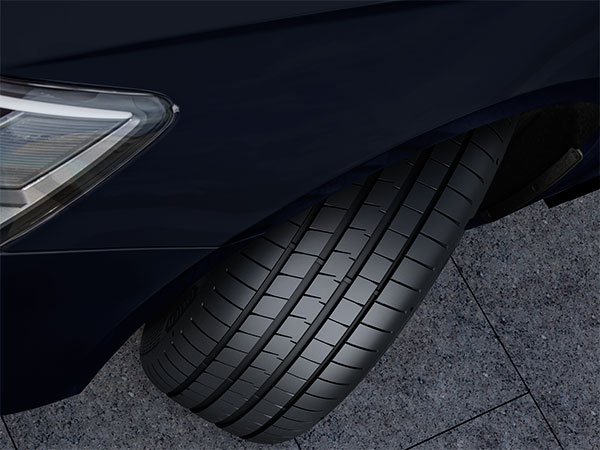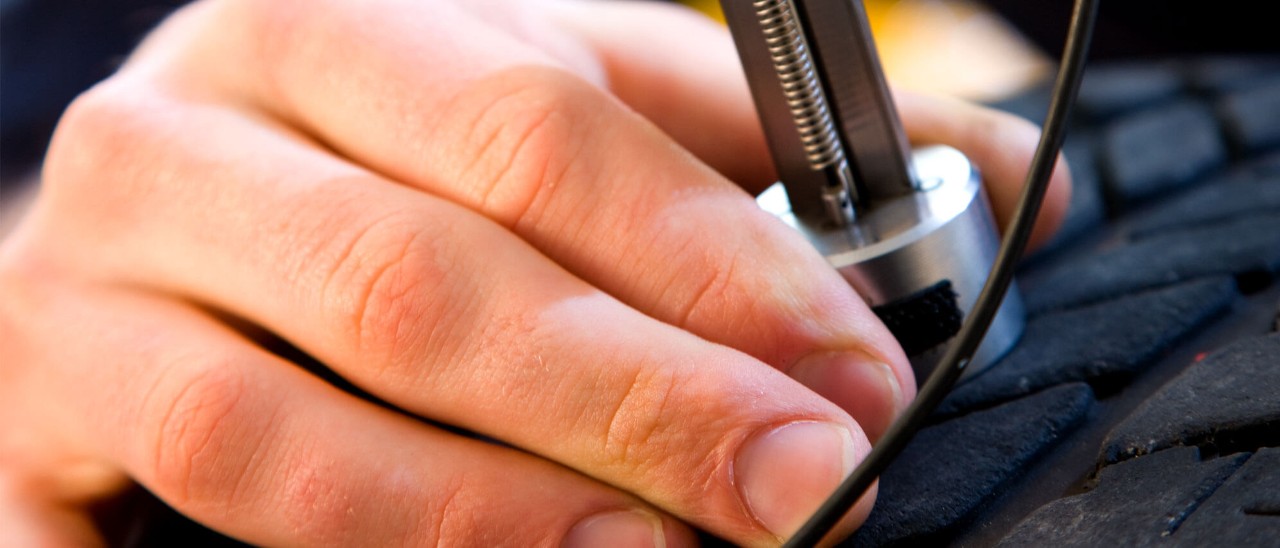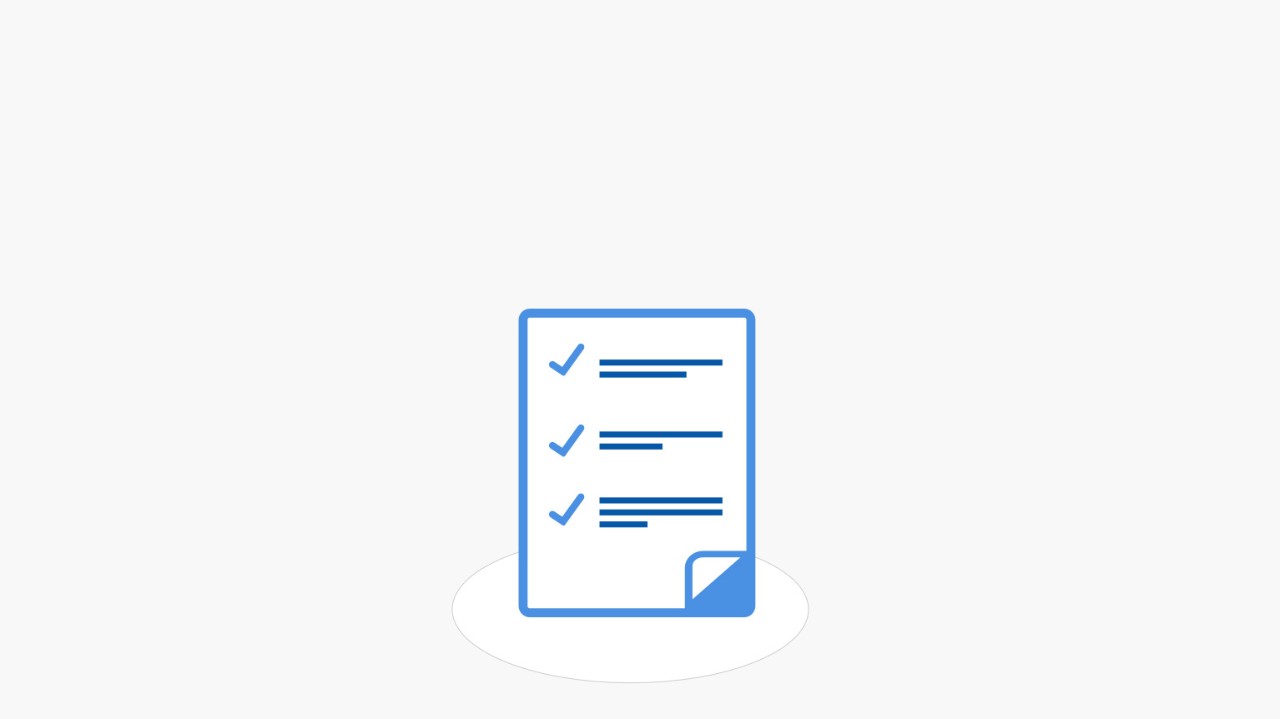1. Park your vehicle on a flat and level surface. Make sure the handbrake is engaged and the vehicle is in park or in gear.
2. Remove the hubcap or wheel cover from the tyre.
3. Using a tread depth gauge measure the depth of the treads in several locations around the tyre, or use the 20p coin trick.
4. Look for any signs of wear or damage to the tyres, such as cuts, bulges, or cracking.
5. Look for any uneven wear on the tyre, you can check the TWI (Tyre Wear Indicator) sidewall markings which will line up with the tyres tread wear indicators.
6. Check the tyre pressure using a tyre pressure gauge to make sure it is at the correct level.
7. If necessary, adjust the pressure according to the manufacturer's recommendation.
8. Reinstall the hubcap or wheel cover and replace any valve stem caps that were removed.













